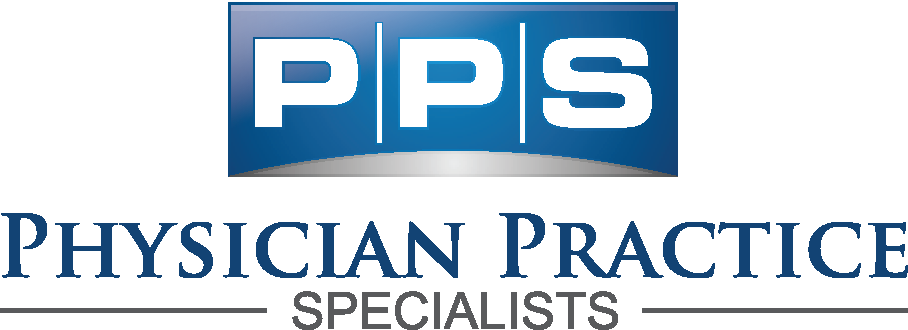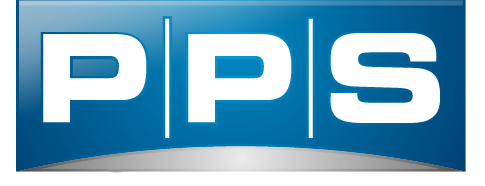Revenue cycle management (RCM) is the core of effective financial management for medical offices. This process sustains the financial health of medical practices, verifying timely reimbursements, accurate billing, and operational efficiency. Physician Practice Specialists’ revenue cycle management consulting experts can help you learn about RCM and how it applies to your practice. Here is an overview of RCM’s use in medical practice:
Understanding Revenue Cycle Management
Revenue cycle management (RCM) is the process that encompasses all financial administration aspects in a medical practice. From the moment a patient schedules an appointment to the collection of payment for services rendered, RCM is involved. This multifaceted process involves different stages, including patient registration, insurance verification, charge capture, claims submission, payment processing, and denial management.
RCM helps medical practices receive rightful compensation for their care while minimizing administrative inefficiencies, mitigating revenue leakage, and maintaining compliance with complex healthcare regulations. A well-optimized RCM process can improve financial outcomes and enhance patient satisfaction by streamlining the billing and payment experience. A team of revenue cycle management consulting experts can help you learn more about the process.
Patient Registration and Verification
The revenue cycle begins with accurate and thorough patient registration. This step involves gathering comprehensive demographic and insurance information from patients. Verifying the accuracy of this data is key, as you cannot progress to the next step if it isn’t accurate. Adequate insurance verification is also a part of this process, confirming that the patient’s coverage is valid and active.
Charge Capture
Charge capture involves capturing and documenting all billable services, procedures, and supplies provided during a patient encounter. Accurate and timely charge capture verifies that medical practices receive appropriate service reimbursement. This step helps avoid revenue leakage and missed opportunities for refunds.
Coding and Documentation
Medical coding involves translating the services provided into standardized codes that insurance companies recognize. Accurate coding confirms services are appropriately categorized, leading to effective billing and reimbursement. Documentation has an equal amount of benefits; comprehensive and accurate medical records support the coding process and provide a clear patient care record.
Claims Submission
The next step in the process is claim submission once services are accurately coded and documented. Claims contain the coded information, patient details, and the services provided. These claims are submitted to insurance companies or payers for reimbursement. Prompt and complete claims submissions provides a smooth flow of revenue.
Payment Processing
Payment processing involves receiving and recording payments from various sources, including insurance companies, patients, and third-party payers. This stage includes posting payments, reconciling accounts, and managing adjustments. Payment processing verifies that costs are accurately recorded, balances are updated, and accounts are properly managed.
Denial Management
Denial management involves addressing denied claims and resolving the issues that led to the denial. Analyzing the cause of denials, appealing rejected claims, and identifying trends are all part of this process. Effective denial management reduces the risk of future denials and helps process claims efficiently.
Patient Billing and Collections
The final phase of the revenue cycle involves patient billing and collections. Clear and transparent patient billing statements are generated and sent to patients. These statements detail the services provided, costs, and payment due. Clear patient communication is key during this stage. It enables patients to understand their financial obligations and choose appropriate payment methods.
Optimizing RCM
Achieving effective revenue cycle management in medical practices requires a strategic approach to simplify every step of the process. Provide ongoing training to staff members involved in RCM. This includes educating them about the latest billing and coding guidelines and the benefit of accurate documentation.
Leverage electronic health record (EHR) systems and practice management software to streamline RCM processes. Automation reduces manual errors, improves accuracy, and enhances efficiency. Physician Practice Specialists focus on providing up-to-date information and technology for you to work with.
Regular Audits and Monitoring
Conduct regular audits of coding, documentation, and billing practices to identify areas of improvement and compliance gaps. Monitoring key performance indicators (KPIs) helps identify trends and areas for optimization. Establishing clear policies and procedures for each stage of the revenue cycle increases consistency and reduces errors caused by miscommunication or misunderstandings. Analyze the root causes of claim denials to identify recurring issues. Implement corrective actions to prevent denials and optimize the claims submission process.
Enhance Patient Communication and Cross-Train
Effective patient communication helps foster transparent billing. Communicate billing procedures, expected costs, and available payment options to patients.
Foster collaboration between different departments involved in RCM. Cross-training staff members in various aspects of the revenue cycle improves flexibility and understanding.
Sign Up for Revenue Cycle Management Consulting
Mastering revenue cycle management is integral to the financial success of medical practices. These practices can optimize their financial systems by developing the core components of RCM—patient registration, charge capture, claims submission, coding and documentation, payment processing, denials management, and patient billing. Implementing training, technology adoption, regular audits, transparent policies, enhanced patient communication, collaboration, and denials analysis can further improve RCM effectiveness.


